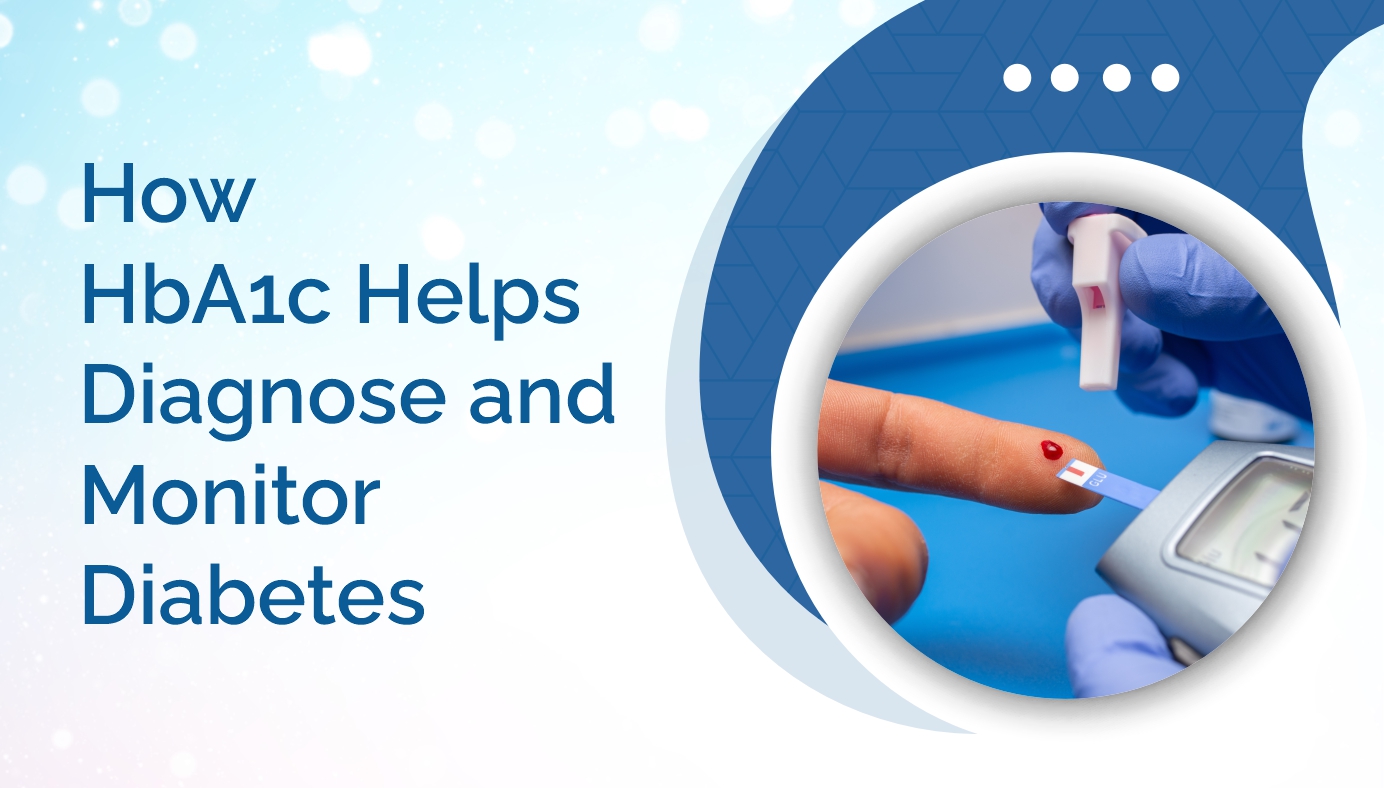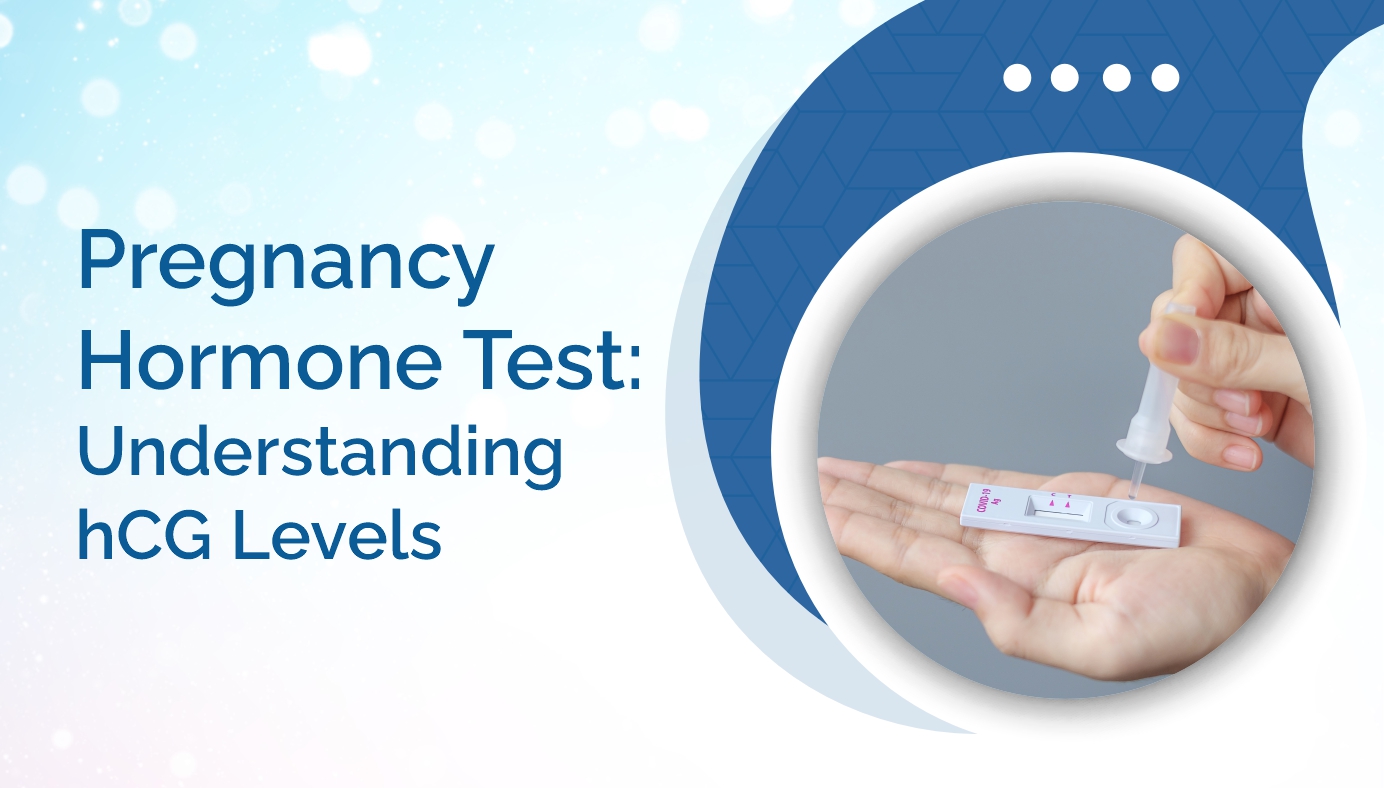


Condition
- Top tests
- Top tests
- Lifestyle Packages
- Infectious
- Preventive Health Checkup
- Diabetes
- Diabetes
- Preventive Health Checkup
- Top tests
- Top tests
- Heart Disease & Hypertension
- Lifestyle Packages
- Preventive Health Checkup
- Diabetes
- Diabetes
- Preventive Health Checkup
- Preventive Health Checkup
- Top tests
- Lifestyle Packages
- Diabetes
- Preventive Health Checkup
- Top tests
- Lifestyle Packages
- Diabetes
- Diabetes
- Diabetes
- Diabetes
- Diabetes
- Diabetes
- Preventive Health Checkup
- Preventive Health Checkup
- Diabetes
- Preventive Health Checkup
- Preventive Health Checkup
- Genomics
- Others
- Others
- Others
- Preventive Health Checkup
- Pulmonary / Infectious
- Diabetes
- Diabetes
- Others
- Preventive Health Checkup
- Others
- Preventive Health Checkup
- Top tests
- Others
- Genetics
- Others
- Gastrointestinal / Skeletomuscular
- Gastrointestinal / Skeletomuscular
- Others
- Others
- Others
- Others
- Others
- Others
- Others
- Others
- Others
- Others
- Others
- Others
- Others
- Others
- Others
- Others
- Others
- Others
- Others
- Others
- Others
- Others
- Others
- Others
- Others
- Others
- Others
- Others
- Others
- Others
- Others
- Others
- Others
- Others
- Others
- Others
- Others
- Others
- Others
- Others
- Others
- Others
- Others
- Others
- Others
- Others
- Others
- Others
- Others
- Others
- Others
- Others
- Others
- Others
- Others
- Others
- Others
- Others
- Others
- Others
- Others
- Others
- Others
- Others
- Others
- Others
- Top tests
- Top tests
- Top tests
- Top tests
- Top tests
- Top tests
- Top tests
- Top tests
- Top tests
- Preventive Health Checkup
- Top tests
- Top tests
- Top tests
- Top tests
- Blood Banking & Transfusion
- Lifestyle Packages
- Blood Banking & Transfusion
- Blood Banking & Transfusion
- Top tests
- Top tests
- Lifestyle Packages
- Diabetes
- Blood Banking & Transfusion
- Blood Banking & Transfusion
- Blood Banking & Transfusion
- Blood Banking & Transfusion
- Blood Banking & Transfusion
- Others
- Others
- Others
- Others
- Blood Banking & Transfusion
- Blood Banking & Transfusion
- Blood Banking & Transfusion
- Blood Banking & Transfusion
- Vitamin Deficiency
- Vitamin Deficiency
- Vitamin Deficiency
- Vitamin Deficiency
- Vitamin Deficiency
- Blood Banking & Transfusion
- Blood Banking & Transfusion
- Blood Banking & Transfusion
- Blood Banking & Transfusion
- Diabetes
- Diabetes
- Heart Disease & Hypertension
- Preventive Health Checkup
- Diabetes
- Preventive Health Checkup
- Preventive Health Checkup
- Diabetes
- Diabetes
- Heart Disease & Hypertension
- Top tests
- Heart Disease & Hypertension
- Diabetes
- Top tests
- Diabetes
- Heart Disease & Hypertension
- Lifestyle Packages
- Heart Disease & Hypertension
- Lifestyle Packages
- Heart Disease & Hypertension
- Heart Disease & Hypertension
- Lifestyle Packages
- Preventive Health Checkup
- Preventive Health Checkup
- Top tests
- Preventive Health Checkup
- Heart Disease & Hypertension
- Heart Disease & Hypertension
- Heart Disease & Hypertension
- Top tests
- Top tests
- Lifestyle Packages
- Heart Disease & Hypertension
- Heart Disease & Hypertension
- Top tests
- Heart Disease & Hypertension
- Preventive Health Checkup
- Diabetes
- Lifestyle Packages
- Heart Disease & Hypertension
- Top tests
- Heart Disease & Hypertension
- Heart Disease & Hypertension
- Diabetes
- Lifestyle Packages
- Preventive Health Checkup
- Diabetes
- Top tests
- Diabetes
- Allergy
- Heart Disease & Hypertension
- Diabetes
- Heart Disease & Hypertension
- Diabetes
- Lifestyle Packages
- Lifestyle Packages
- Top tests
- Preventive Health Checkup
- Lifestyle Packages
- Preventive Health Checkup
- Preventive Health Checkup
- Diabetes
- Top tests
- Heart Disease & Hypertension
- Preventive Health Checkup
- Top tests
- Heart Disease & Hypertension
- Lifestyle Packages
- Lifestyle Packages
- Diabetes
- Preventive Health Checkup
- Top tests
- Diabetes
- Top tests
- Preventive Health Checkup
- Preventive Health Checkup
- Preventive Health Checkup
- Diabetes
- Lifestyle Packages
- Lifestyle Packages
- Heart Disease & Hypertension
- Lifestyle Packages
- Heart Disease & Hypertension
- Lifestyle Packages
- Preventive Health Checkup
- Preventive Health Checkup
- Preventive Health Checkup
- Lifestyle Packages
- Top tests
- Lifestyle Packages
- Top tests
- Lifestyle Packages
- Top tests
- Diabetes
- Diabetes
- Others
- Blood Disorders
- Top tests
- Others
- Others
- Others
- Fever
- Fever
- Blood Disorders
- Blood Disorders
- Preventive Health Checkup
- Preventive Health Checkup
- Profile
- Kidney Disease
- Kidney Disease
- Diabetes
- Diabetes
- Heart Disease & Hypertension
- Preventive Health Checkup
- Lifestyle Packages
- Thyroid Disorder
- Diabetes
- Diabetes
- Diabetes
- Diabetes
- Diabetes
- Diabetes
- Diabetes
- Top tests
- Allergy
- Top tests
- Top tests
- Top tests
- Top tests
- Diabetes
- Top tests
- Diabetes
- Top tests
- Top tests
- Top tests
- Liver Disease
- Diabetes
- Top tests
- Vitamin Deficiency
- Top tests
- Top tests
- Liver Disease
- Top tests
- Top tests
- Top tests
- Anemia
- Anemia
- Anemia
- Diabetes
- Diabetes
- Anemia
- Top tests
- Top tests
- Top tests
- Preventive Health Checkup
- Thyroid Disorder
- Heart Disease & Hypertension
- Top tests
- Preventive Health Checkup
- Diabetes
- Heart Disease & Hypertension
- Top tests
- Fever
- Allergy
- Liver Disease
- Lifestyle Packages
- Heart Disease & Hypertension
- Top tests
- Arthritis
- Top tests
- Top tests
- Heart Disease & Hypertension
- Kidney Disease
- Preventive Health Checkup
- Allergy
- Top tests
- Lifestyle Packages
- Top tests
- Kidney Disease
- Top tests
- Lifestyle Packages
- Top tests
- Preventive Health Checkup
- Preventive Health Checkup
- Top tests
- Top tests
- Vitamin Deficiency
- Allergy
- Diabetes
- Top tests
- Top tests
- Top tests
- Top tests
- Heart Disease & Hypertension
- Allergy
- Top tests
- Preventive Health Checkup
- Top tests
- Top tests
- Infertility
- Top tests
- Lifestyle Packages
- Allergy
- Diabetes
- Heart Disease & Hypertension
- Lifestyle Packages
- Preventive Health Checkup
- Preventive Health Checkup
- Top tests
- Preventive Health Checkup
- Top tests
- Diabetes
- Top tests
- Infertility
- Top tests
- Thyroid Disorder
- Top tests
- Allergy
- Preventive Health Checkup
- Vitamin Deficiency
- Top tests
- Top tests
- Infertility
- Lifestyle Packages
- Diabetes
- Liver Disease
- Kidney Disease
- Vitamin Deficiency
- Top tests
- Heart Disease & Hypertension
- Heart Disease & Hypertension
- Top tests
- Heart Disease & Hypertension
- Heart Disease & Hypertension
- Heart Disease & Hypertension
- Infertility
- Heart Disease & Hypertension
- Vitamin Deficiency
- Vitamin Deficiency
- Arthritis
- Arthritis
- Top tests
- Top tests
- Lifestyle Packages
- Preventive Health Checkup
- Lifestyle Packages
- Preventive Health Checkup
- Vitamin Deficiency
- Top tests
- Lifestyle Packages
- Lifestyle Packages
- Preventive Health Checkup
- Top tests
- Preventive Health Checkup
- Top tests
- Heart Disease & Hypertension
- Infertility
- Top tests
- Top tests
- Preventive Health Checkup
- Lifestyle Packages
- Top tests
- PCOD
- Preventive Health Checkup
- Lifestyle Packages
- Preventive Health Checkup
- Top tests
- Fever
- PCOD
- Kidney Disease
- Top tests
- Top tests
- Preventive Health Checkup
- Preventive Health Checkup
- Liver Disease
- Thyroid Disorder
- Top tests
- Heart Disease & Hypertension
- PCOD
- Top tests
- Arthritis
- Preventive Health Checkup
- Kidney Disease
- Lifestyle Packages
- Top tests
- Allergy
- Top tests
- Top tests
- Diabetes
- Thyroid Disorder
- Preventive Health Checkup
- Top tests
- Lifestyle Packages
- Preventive Health Checkup
- Top tests
- Kidney Disease
- Liver Disease
- Infertility
- Top tests
- Anemia
- Top tests
- Top tests
- Top tests
- Preventive Health Checkup
- Bone Health
- Cancer
- Fatty Liver

Tests
Excessive sweating, medically known as hyperhidrosis, can be the damp nightmare that plagues a person's everyday life, from creating embarrassing social situations to disrupting the simplest of daily tasks. Despite its prevalence, many are unaware of the variety of types and the common causes of this condition, as well as the range of treatments available.
Understanding Hyperhidrosis: What, Who, and When
Hyperhidrosis is a condition characterized by abnormally increased sweating, potentially occurring throughout the body or concentrated in specific areas. It affects about 3% of the global population, meaning it’s not as rare as it may seem. The most common areas affected by hyperhidrosis are the palms, soles of the feet, underarms, and the face. Understanding the types of hyperhidrosis is key to properly diagnosing and treating the condition, as there are two primary forms:
1) Primary Focal Hyperhidrosis
Primary focal hyperhidrosis is the most common form, thought to be a result of overactive sweat glands. It tends to start in childhood or adolescence and can persist throughout life. The exact cause is still unknown, but it’s often linked to a familial genetic predisposition, suggesting a hereditary component.
2) Secondary Hyperhidrosis
In contrast, secondary hyperhidrosis is a consequence of another medical condition or a side effect of some medications. It usually begins in adulthood and can affect the entire body or localized areas.
The Sweaty Origins: Digging Into Excessive Sweat Production
Sweating is a normal bodily function that helps regulate body temperature. In situations of exertion or heightened emotions, the body naturally produces sweat to cool down. However, those with hyperhidrosis have sweat glands that overwork, producing way more sweat than needed, and often for no apparent reason. Some of the common causes of hyperhidrosis include:
- Medical Conditions: Certain medical conditions such as menopause, thyroid problems, diabetes, and heart disease can contribute to excessive sweating. Treating the underlying condition often helps reduce the excess perspiration.
- Emotional Triggers: For some, their sweat glands seem to be more responsive to emotional triggers, such as stress, anxiety, or excitement, leading to a surge in sweat production.
- Medications: Some medications list excessive sweating as a potential side effect. Understanding how medications influence sweat production is crucial for adjusting treatment regimens accordingly.
Through the Lens of Diagnosis: Sweat Is Not One-Size-Fits-All
Diagnosing hyperhidrosis involves understanding a patient's medical history, conducting a physical examination, and, in some cases, performing specialized tests. Some of the diagnostic approaches include:
- Physical Examination: A thorough physical examination is the first step, where a doctor may examine the pattern of sweating and any signs of secondary causes, such as swollen lymph nodes or thyroid gland enlargement.
- Application of Iodine Starch: The application of iodine starch solution to the skin can reveal the exact locations of excessive sweating by changing color in the presence of moisture.
- Sweat Test: In rare cases, a sweat test, known as the quantitative sudomotor axon reflex test (QSART), may be performed to measure the amount of sweat produced by different parts of the body.
Method to the Madness: Treatment and Management of Hyperhidrosis
Hyperhidrosis can significantly impact a person's quality of life, but there are several treatment options available, each with its own set of benefits and considerations, such as:
- Antiperspirants: Over-the-counter and prescription-strength antiperspirants provide a primary line of defense against excessive sweating. Options containing aluminum chloride are effective for many people with hyperhidrosis.
- Medications: For more severe cases, oral medications such as anticholinergics can help reduce overall body sweating. However, they may cause side effects like dry mouth, constipation, and blurred vision.
- Iontophoresis: Iontophoresis is a technique that uses a low electrical current to reduce sweat gland activity. It's a non-invasive approach that can be done at home with proper equipment.
- Botox Injections: Injected directly into the skin, Botox can block the nerve signals responsible for sweating, providing relief for several months per treatment.
- Surgical Options: When all else fails, surgical procedures like sympathectomy or sweat gland removal may be considered, but these come with risks and are typically reserved for severe cases.
The Emotional Impact: Sweating Beyond the Skin
The effects of hyperhidrosis often extend beyond the physical realm and can significantly impact a person’s emotional well-being, social interactions, and professional life. Coping strategies and emotional support are crucial parts of managing hyperhidrosis.
- Building a Support System: Seeking support from friends, family, and support groups can help reduce the sense of isolation that often accompanies chronic conditions like hyperhidrosis.
- Psychological Treatment: Cognitive-behavioral therapy and other psychological interventions can assist in managing the emotional distress associated with hyperhidrosis.
Lifestyle Adjustments: Outsmarting Sweat Triggers
While there is no one-size-fits-all solution for hyperhidrosis, several lifestyle adjustments can help minimize excessive sweating, such as:
- Choosing Breathable Fabrics: Wearing natural, breathable fabrics like cotton can help reduce the accumulation of sweat and allow the skin to breathe more effectively.
- Managing Stress: Practicing stress-reducing techniques such as meditation, yoga, or regular exercise can help manage stress-related sweat outbreaks.
- Avoiding Triggers: Identifying and avoiding personal triggers such as certain foods, drinks, or subject matter can help minimize the instances of excessive sweating.
Looking Forward: The Evolving World of Hyperhidrosis Research
As the understanding of hyperhidrosis grows, so do the possibilities for more effective treatments. Ongoing research aims to uncover new insights into the condition and develop novel therapies that promise relief for those affected.
- Emerging Therapies: Several emerging therapies, from microneedles delivering botulinum toxin to laser therapies targeting sweat glands, are in various stages of development and clinical trials.
- Genomic Studies: Genomic studies are exploring the genetic basis of hyperhidrosis, which may lead to the development of personalized treatment approaches.
WANT TO BOOK HEALTH CHECKUP ?
Categories
Top tests
107
Lifestyle Packages
39
Infectious
1
Preventive Health Checkup
59
Diabetes
54
Heart Disease & Hypertension
38
Genomics
1
Others
81
Pulmonary / Infectious
1
Genetics
1
Gastrointestinal / Skeletomuscular
2
Blood Banking & Transfusion
16
Vitamin Deficiency
12
Allergy
9
Blood Disorders
3
Fever
4
Profile
1
Kidney Disease
8
Thyroid Disorder
5
Liver Disease
6
Anemia
5
Arthritis
4
Infertility
6
PCOD
3
Bone Health
1
Cancer
1
Fatty Liver
1
Recent Blogs
Coagulation Profile (PT, aPTT): Understanding Blood Clotting Tests
Hemostasis, widely known as blood clotting, is a sophisticated physiological process that...
30-12-2025
How HbA1c Helps Diagnose and Monitor Diabetes
Managing diabetes effectively requires consistent monitoring of blood sugar levels. While...
30-12-2025
Pregnancy Hormone Test: Understanding hCG Levels
Seeing those two pink lines or a flashing "Pregnant" on a digital display is a life-changing...
29-12-2025





.jpg)

